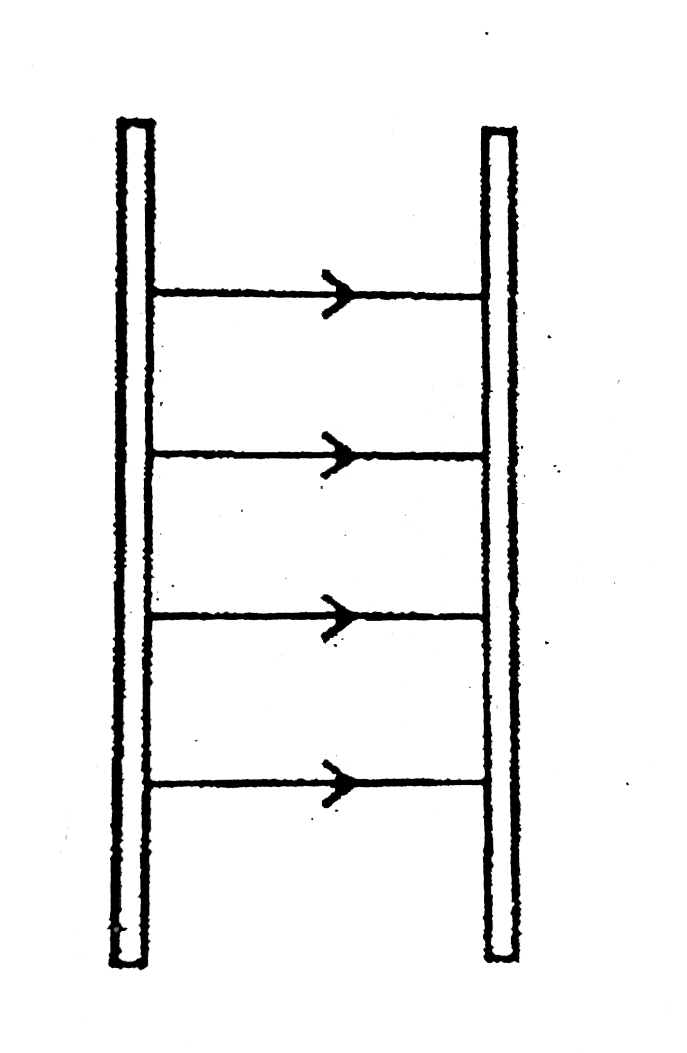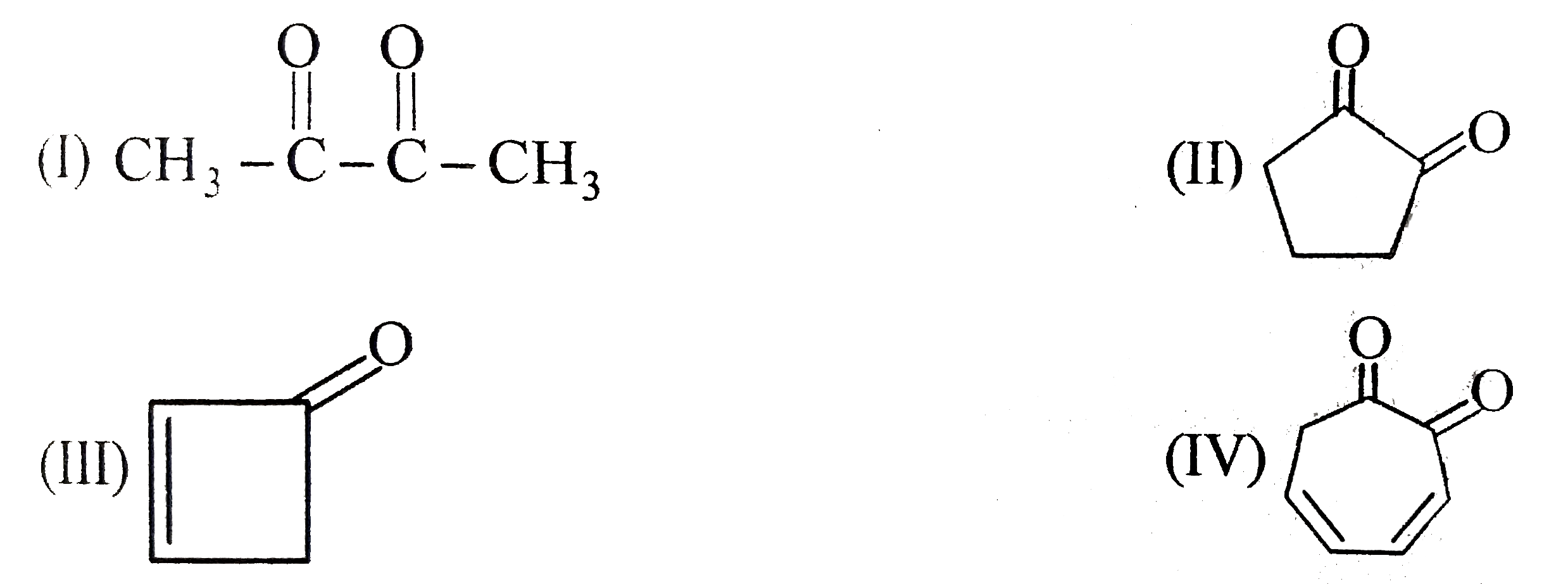Long distance, competitve runners are usually small and wiry and run more slowly than sprinters, who run much shorter distances and generally have a loarger bulk of nuscles. Which of the following best explains the differences between the two types of runners?
Long distance runners run more slowly because lactic acid quickly builds up in muscels and causes fatigue. Sprinters increase the oxygen supply to each muscle, enough for lactic acid to build up in their muscles.
The large muscels of sprinters increase the oxygen supply to each muscle, preventing lactic acid from forming.
Sprinters do not run for long enough for sufficient lactic acid to build up in their muscles therefore they can have large muscles for more power. By being lighter and running more slowly long distance runners ensure that their muscles receive enough oxygen for aerobic respiration.
sprinters run faster because their large muscles have more blood running through them to stop anaerobic respiration from taking place. Long distance runners run more slowly because they are using the energy from anaerobic respiration, which does not produce as much ATP as aerobic respiration.
The correct Answer is:C
Step by step video, text & image solution for Long distance, competitve runners are usually small and wiry and run more slowly than sprinters, who run much shorter distances and generally have a loarger bulk of nuscles. Which of the following best explains the differences between the two types of runners? by Biology experts to help you in doubts & scoring excellent marks in Class 11 exams.
Updated on:21/07/2023Topper's Solved these Questions
Similar Questions
10 friends (5 boys P, Q, R, S and T and 5 girls A, E, I, O and U) are playing a game and they are sitting in a circle. The distance between every two friends is equal. Two boys and two girls are facing opposite to the centre of the circle and other 6 friends are facing towards the centre of the circle. A is the fourth to the left of O, who is third to the right of P. R is second to the right of T, who is not near to E. There are three friends between I and R. S is second to the left of U and facing the centre of the circle. P and E are sitting opposite and facing each other. I is second to the left of Q. A is facing opposite to the centre of the circle. More than three boys or girls are not sitting together. Not more than two friends who are facing opposite to the centre of the circle are sitting together.
Which of the following boys is not sitting between girls ?
View SolutionOxygen differs from the other elements of the group. Compounds of oxygen with metals are more ionic in nature and hydrogen bonding is more important for oxygen compounds. Oxygen is never more than divalent beacasue when it hs formed two covalent bonds, there are no low energy orbitals which can be used for form. further bonds. However, the elements S,Se,Te and Po have empty d- orbitals which may be used for bonding, and they can form four or six bonds by unpairing electrons. The higher oxidation states become less stable on decending the group.
The bond between S and O, or Se and O, are much shorter than might be expected for a single bond owing to ρπ−dπ interaction between the p- orbital of oxygen and d- orbital of S or Se.
Which one of the following orders represents the correct order for the properties indicated against them?
View Solution
Knowledge Check
You are given two compound

First, you name both of them the same yet, are they really same structure, or they some how different ?Carefully inspection should convince you that they are indeed different. Now, how their physical and chemical properties differ? Generally
(i) cis-isomer has more diplomoment than trans-isomer
(ii) cis-is less stable than trans
(iii) boiling points of cis isomers are than those of trans isomers (remember boiling points are directly related to polarity which is determined by dipolemoment) chemical reactivities of cis and trans also differ from each other.
Which of the following statements best explain(s) the relationship between two isomer of CH3−CH=CH−CH3?AThey are diastereoersBThey are enantiomersCThey are geometrical isomersDTheir melting points are sameMost of the polyatomic molecules except a few such as CO2 and CS2 are linear or angular with a bond angle generally somewhat greater than 90∘ A bond angle is defined as the angle between the direction of two covalent bonds Since the atoms in molecules are in constant motion with respect to each other they are not expected to have a fixed value of bond angle Repulsion between non-bonded atoms alone does not provide an adequate explanation Hybridisation of bonding orbitals an adequate explanation Hybridisation of bonding orbitals also plays a very important role in detrmining the value of bond angle It has been observed that in hybridisation as the s-character of hybrid orbital increases the bond angle increases
Which of the following hybridisation may have more than one type of bond angle ? .Asp2Bsp3Csp3dDsp3d2Certain number of persons are sitting around a circular table, which has a circumference of 637 cm. All the persons are facing towards the centre. They are sitting at distance to each other whch are consecutive multiple of seven . Amar is 3rd to the left of pintu. two persons are sitting between kittu and pintu. manu is immediate right to lalan. harsh sits to the left of gattu at a distance of 84 cm . the distance between amar and Dhruv is 21 same as between billu and fantu. the distance jonty and billu is and fantu is LCM of 7 and 5. neither manu nor lalan is neghbor of kittu and harsh. the number of persons sitting between chahal and pintu is same as between pintu and santu. the distance between kittu and pintu is not more than 110cm. either chahal or santu is neighbor of kittu.
Who among the following sits 4th to the right of the one who is 6th to the left of Amar ?A(i) KittuB(ii) GattuC(iii) HarshD(iv) Dhruv
Two large oppositely charged insulated plates have a uniform electric field between them as shown. The distance between the plates is increased by a small amount. Which of the following statements is/are correct.

Statement-(i) The electric field strength decreases.
Statement-(ii) The electro force of attraction betweeen the plates increases.
Statements-(iii) The potential difference between the plates increases.
View SolutionEach nation has its own peculiar character which distinguishes it from others. But the peoples of the world have more points in which they are all like each other than points in which they are different. One type of person that is common in every country is the one who always tries to do as little as he possibly can and to get as much in return as he can. His opposite, the man who is in the habit of doing more than is strictly necessary and is ready to accept what is offered in return, is rare everywhere.
Both these types are usually unconscious of their character. The man who avoids effort is always talking about his 'rights', he appears to think that society owes him a pleasant easy life. The man who is always doing more than his sheer talks of 'duties' feels that the individual is in debt to society, and not society to the individual. As a result of their view, neither of these men thinks that he behaves at all strangely.
Which one of the following thinks that the individual is in debt to the society?
View SolutionTautomerism : Structural Isomers that undergo rapid interconversions and exist in dynamic equilibrium are known as Tautomers and relationship between them is known as Tautomerism. Tautomers generally have different functional groups. At equilibrium more stable tautomer is present in higher amount by ratio remains same until and unless change is made externally. Tautomerism actually arises due to rapid oscillation of an atoms between two polyvalent atoms in a molecule
C∣HH2−O∣∣CHKeto form⇔CH2=OH∣CHenol form
Above is an example of Keto-enole tautomerism. condition for this type of keto enol tautomerism is presence of α−H. amount of enol at equilibrium is known as enolic content. it is more if enol is more stable and less if keto is more stable.
Which of the following compounds have higher enolic content than Keto content :

View SolutionPower and possession have been central pursuits of modern civilisation for a long time. They blocked out or distorted other features of the western renaissance (revival) which promised so much for humanity. What people have been and are still being taught to prize are money. success, control over the lives of others, acquisition of more and more objects. Modern social, political, and economic systems, whether capitalist, fascist or communist, reject in their working the basic principle that the free and creative unfoldment of every man, woman and child is the true measure of the worth of any society. Such unfoldment requires understanding and imagination, integrity and compassion, cooperation among people and harmony between the human species and the rest of nature. Acquisitiveness and the pursuit of power have made the modern man an aggressor against everything that is non-human, an exploiter and oppressor of those who are poor, meek and unorganised, a pathological type which hates and distrusts the world and suffers from both acute loneliness and false pride.
Which of the following is one of the requirements bringing out the best is man?
View SolutionPower and possession have been central pursuits of modern civilisation for a long time. They blocked out or distorted other features of the western renaissance (revival) which promised so much for humanity. What people have been and are still being taught to prize are money. success, control over the lives of others, acquisition of more and more objects. Modern social, political, and economic systems, whether capitalist, fascist or communist, reject in their working the basic principle that the free and creative unfoldment of every man, woman and child is the true measure of the worth of any society. Such unfoldment requires understanding and imagination, integrity and compassion, cooperation among people and harmony between the human species and the rest of nature. Acquisitiveness and the pursuit of power have made the modern man an aggressor against everything that is non-human, an exploiter and oppressor of those who are poor, meek and unorganised, a pathological type which hates and distrusts the world and suffers from both acute loneliness and false pride.
Which of the following best describes the behaviour of modern man?
View Solution
